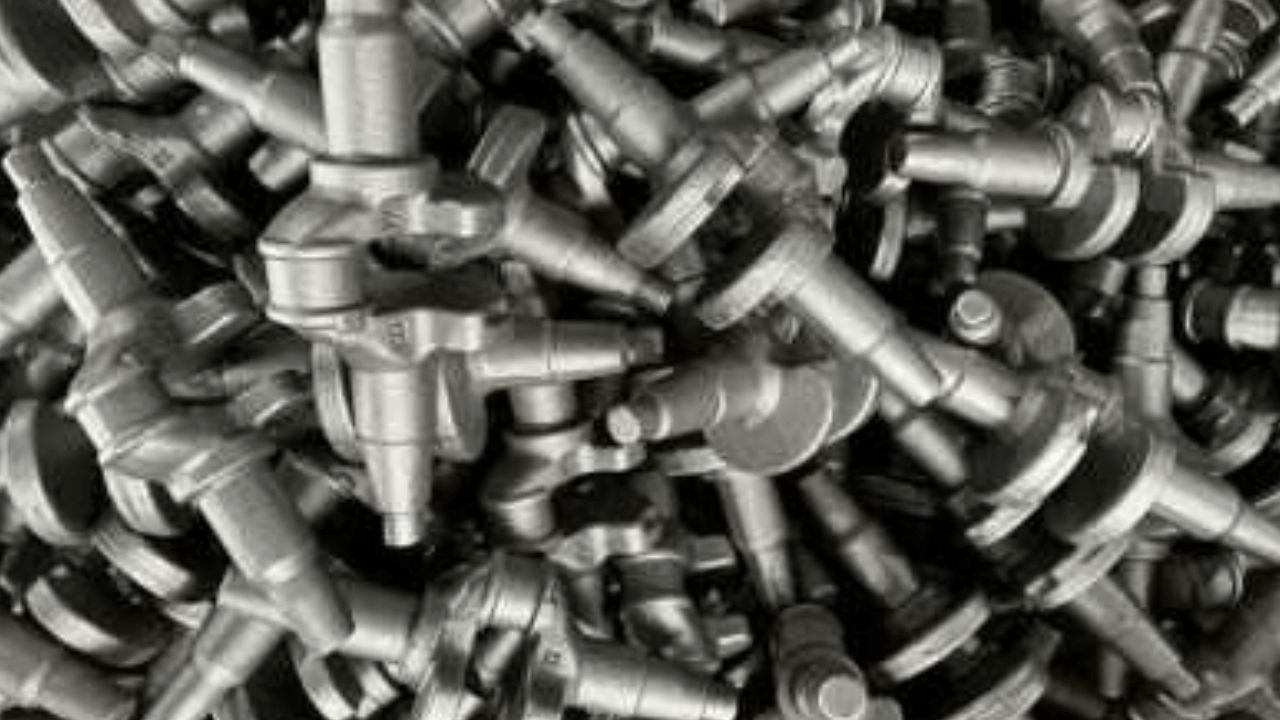In essence, forging is the skill of carefully controlling the temperature and pressure of metal to improve its mechanical qualities. The resulting goods find uses in crucial industries like transportation, aerospace, energy, and infrastructure, where toughness and dependability are necessities.
Metal is shaped utilizing concentrated compressive forces during the forging process. Typically, the material is warmed to a flexible temperature before being shaped by pressing or hammering. This forging manufacturer procedure gives the metal strength and longevity, making it a preferred option for crucial components in sectors including construction, aerospace, and automotive.
The Hot Die Forging Trends in the Automotive Manufacturing Industry
In the automotive industry, hot die forging is a critical production process that is subject to changing trends driven by technological breakthroughs, environmental concerns, and the increasing need for high-performance and lightweight components. Let’s explore the specific trends influencing the hot die forging industry in the production of automobiles:
Advanced Materials and Alloys
In the automotive industry, there is a rising demand for materials that are strong yet lightweight. Modern alloys with a good strength-to-weight ratio, such as titanium and aluminum, which improve fuel economy and overall vehicle performance, are being included in hot die forging.
Precision Forging and Complex Geometries
Manufacturing companies are increasingly using precision forging processes to attain improved microstructural control. As a result, the mechanical qualities of the components are increased, including their durability and resistance to fatigue. To meet requirements for efficiency, aerodynamics, and safety, automotive designs are getting more and more intricate. Hot die forging is developing to allow for the precise forging of delicate and complex geometries, guaranteeing that parts adhere to strict design requirements.
Smart Manufacturing and Industry 4.0
Hot die forging processes are becoming more productive, taking less time to complete, and making fewer mistakes thanks to the incorporation of automation and robotics. Real-time monitoring of the forging process using sensors and IoT technologies enables predictive maintenance and quality control.
To examine the enormous volumes of data produced during hot die forging, Industry 4.0 principles are being used. This data analytics-driven strategy aids in process optimization increases energy efficiency, and identifies areas for ongoing development.
Energy Efficiency and Sustainability
Induction heating is increasingly being used for hot die forging. Induction heating uses less energy and offers more precise temperature control than conventional heating techniques, helping to achieve sustainability objectives. To maximize energy usage and minimize waste, closed-loop control systems are being added to hotter die forging processes. This is consistent with the car industry’s dedication to environmentally friendly manufacturing methods.
Simulation and Digital Twins
The hot die-forging process is being virtually prototyped using simulation software and digital twins. Because of this, tooling designs can be improved, potential flaws can be predicted, and the entire forging process can be simulated before actual production, cutting down on costs and development time.
Customization and Small Batch Production
The tendency toward personalization and the need for small-batch manufacturing are being accommodated by hot die forging. It is becoming increasingly important for manufacturers to be able to swiftly adjust dies and adapt to various product specifications to react to market developments.
Integration of Additive Manufacturing:
To establish hybrid production processes, additive manufacturing (3D printing) is being incorporated into the hot die forging procedure. This increases the overall effectiveness of the forging process by enabling the fabrication of intricate preforms or tooling components.
Globalization and Supply Chain Resilience
Distributed manufacturing is being prioritized to improve supply chain resilience as automotive supply chains grow more globally interconnected. Facilities for hot die forging are positioned strategically to lower transportation costs and improve responsiveness to market demands.
Regulatory Compliance and Safety:
To maintain compliance with industry norms and regulations, strict quality control measures, including non-destructive testing techniques, are essential. One of the main forces behind the continuing development of hot die forging technologies is the emphasis on safety and dependability.
Conclusion
Technology, sustainability, and adaptability are crucial in today’s dynamic environment, which is reflected in the trends in hot die forging for the automotive sector. Hot die forging continues to be a key participant in the industry, adapting and developing to meet the constantly changing needs of the sector as vehicle designs and manufacturing requirements change.

